- Home
- Plumbing
Plumbing
Plumbing supplies such as bathroom fixtures, faucets, drains, pipe, fittings, and plumbing hardware are used to build and maintain plumbing systems. Ball valves, check valves, and other plumbing valves are used for controlling flow, pressure, and temperature in commercial, residential, and industria .....Read More
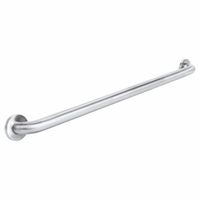
Bathroom Fixtures
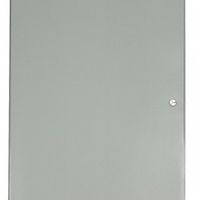
Bathroom Partitions & Partition Hardware
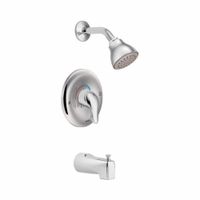
Bathtubs, Showers & Repair Parts
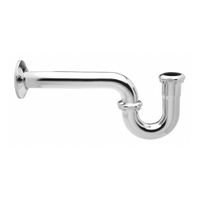
Drains
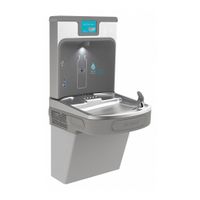
Drinking Fountains, Bottle Fillers & Water Dispensers
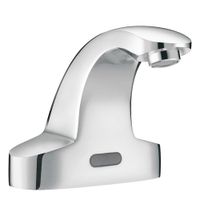
Faucets
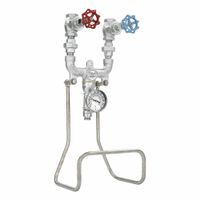
Hose Stations, Hoses & Nozzles
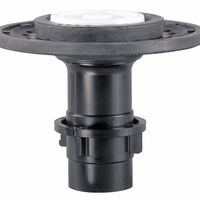
Plumbing Replacement Parts
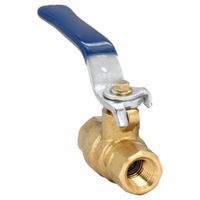
Plumbing Valves
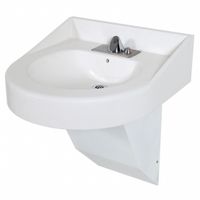
Sinks, Wash Fountains & Repair Parts
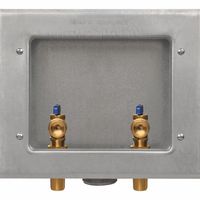
Supply Valve Outlet Boxes
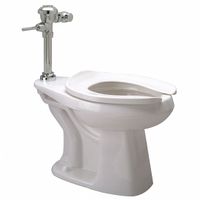
Toilets, Urinals & Repair Parts
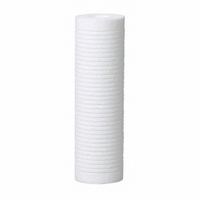
Water Filtration & Purification Systems
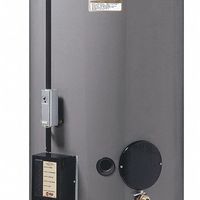
Water Heaters
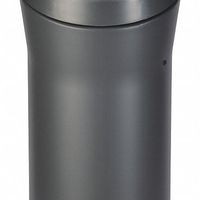
Water Softeners & Softening Salt
Frequently Asked Questions
How do I fix a leaky faucet?
How do I unclog a drain?
Why is my toilet running constantly?
How do I repair a burst pipe?
What causes low water pressure in my home?
How do I install a new sink?
Why is my water heater not working?
How do I stop a toilet from overflowing?
What are the signs of a sewer line problem?
How do I replace a showerhead?